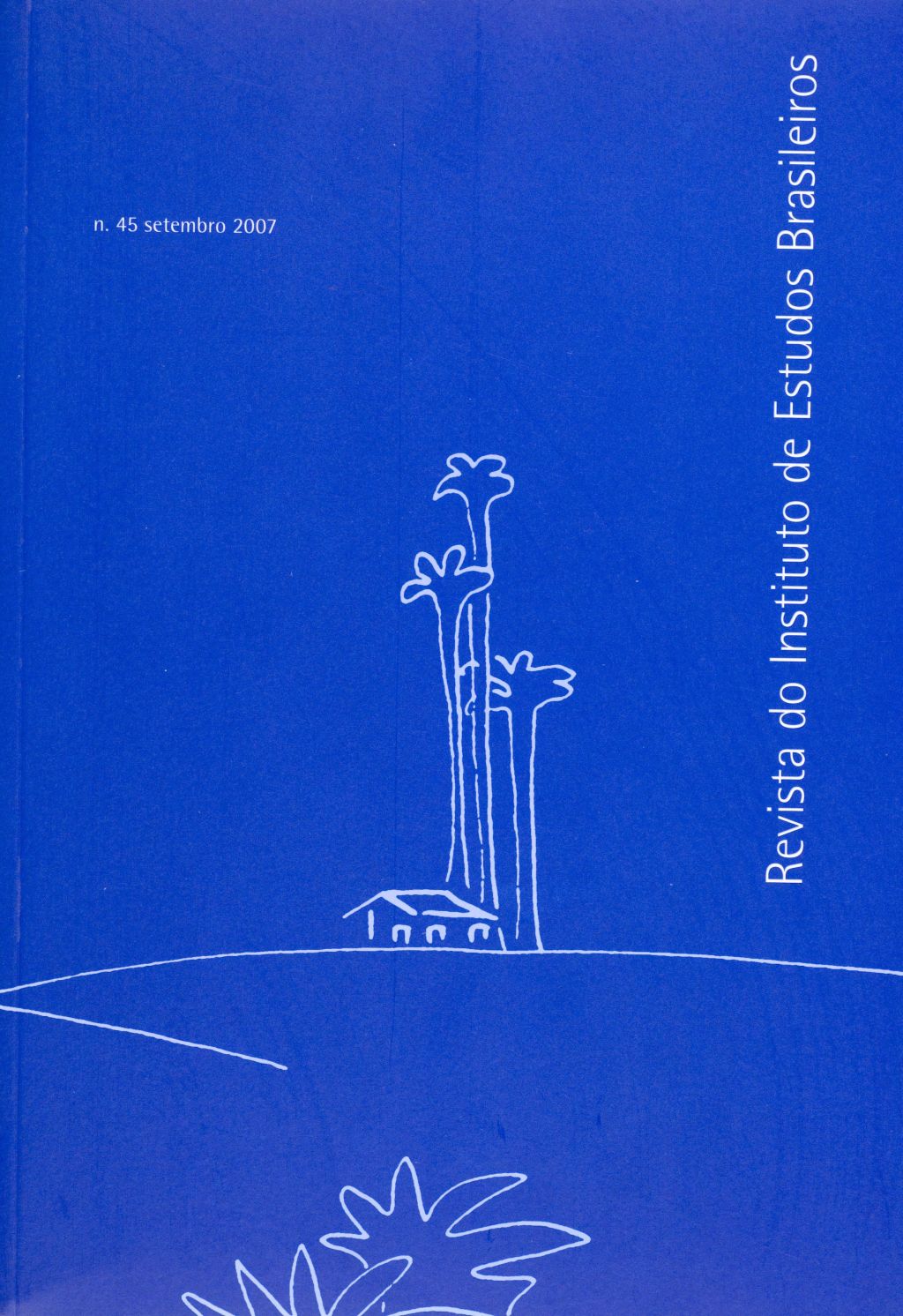From Xarayes to Pantanal: the cartography of a geographical myth
DOI:
https://doi.org/10.11606/issn.2316-901X.v0i45p21-36Keywords:
Xarayes, Pantanal, jesuits, boundary settlement, cartographyAbstract
The subject of this article is the Laguna de los Xarayes, which represents a lasting geographical myth, like many others, as those of the lakes Eupana, Eldorado or Paytiti. It embodies a myth that appeared soon after 1600, and that was quickly incorporated in cartographical representations. On the maps it was drawn as a great lake or lagoon, in whose surroundings lived agriculture practicing Indians, lovely people who owned precious metals: they were the Xarayes. With such features it was already included in the early Dutch atlases, at the beginning of the 17th Century, becoming then a generally accepted component of the South American middle lands. Also the jesuitical cartography included it as the source of the river Paraguay. At the middle of the 18th Century, however, both by the commissioners in charge of the boundary settlement and the Jesuits recognized the Laguna de los Xarayes as the river Paraguay overflowing its banks during the rainy season. From then on this place was registered as the Pantanal.Downloads
Download data is not yet available.
Downloads
Published
2007-09-01
Issue
Section
Articles
License
- Todo o conteúdo do periódico, exceto onde está identificado, está licenciado sob uma Licença Creative Commons do tipo atribuição BY-NC.
How to Cite
Costa, M. de F. (2007). From Xarayes to Pantanal: the cartography of a geographical myth . Revista Do Instituto De Estudos Brasileiros, 45, 21-36. https://doi.org/10.11606/issn.2316-901X.v0i45p21-36



